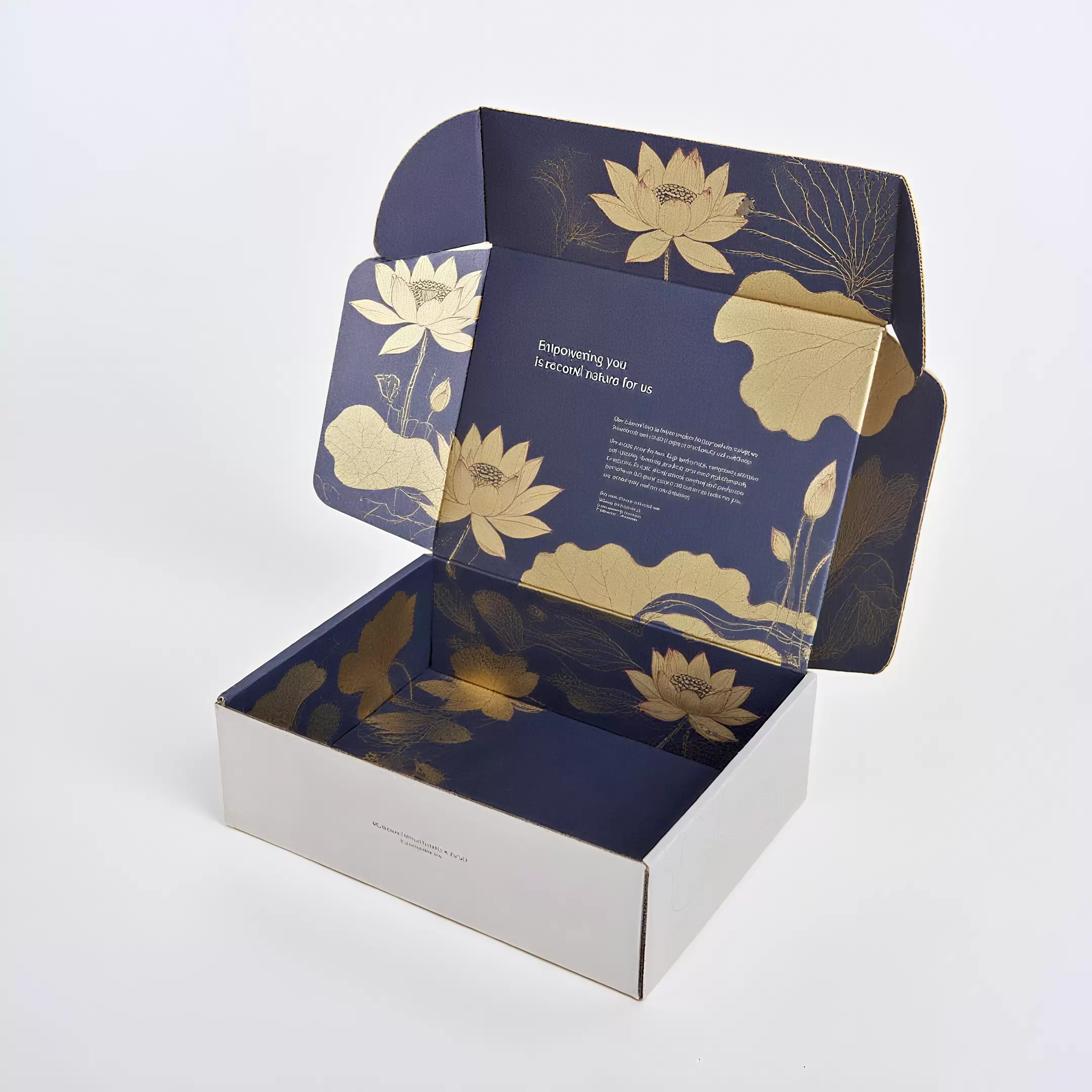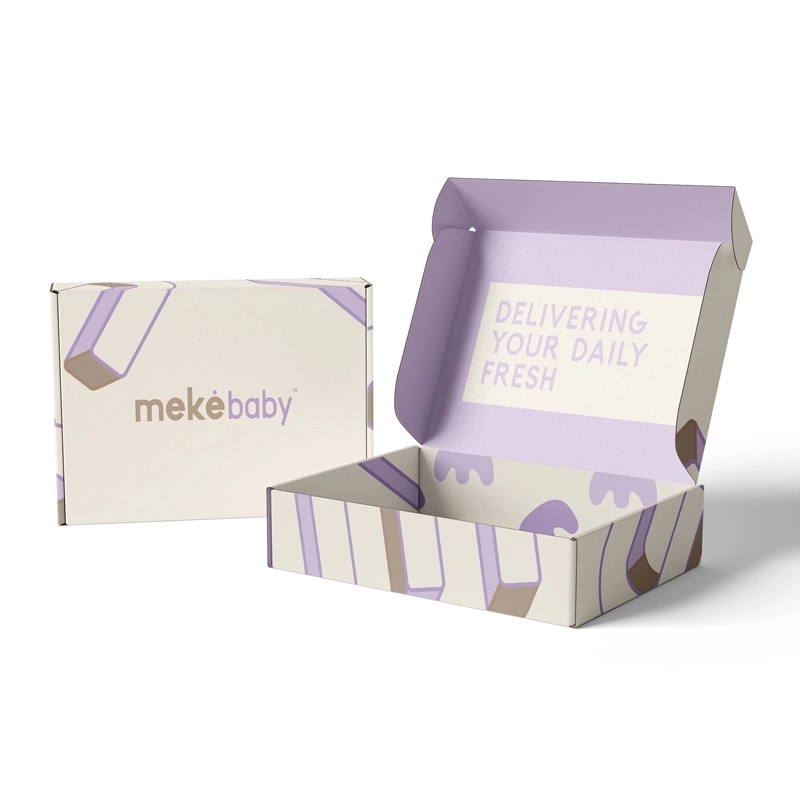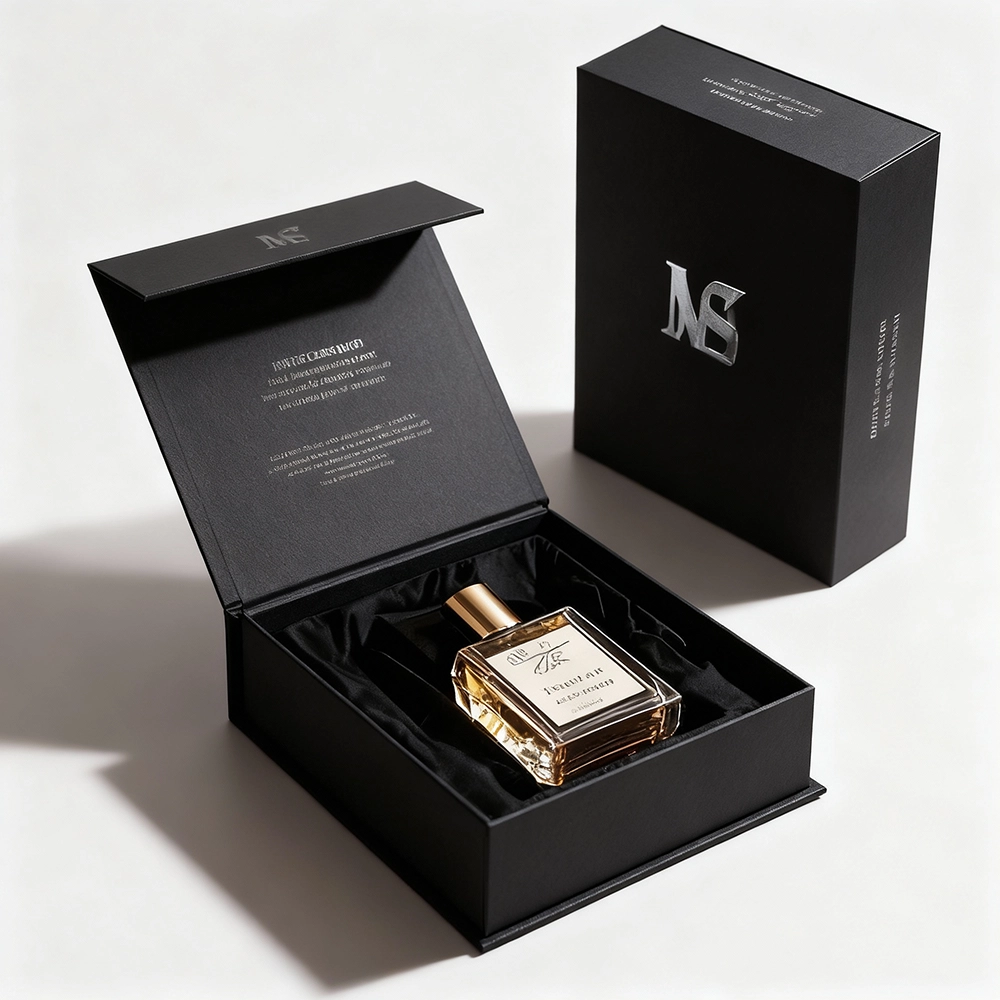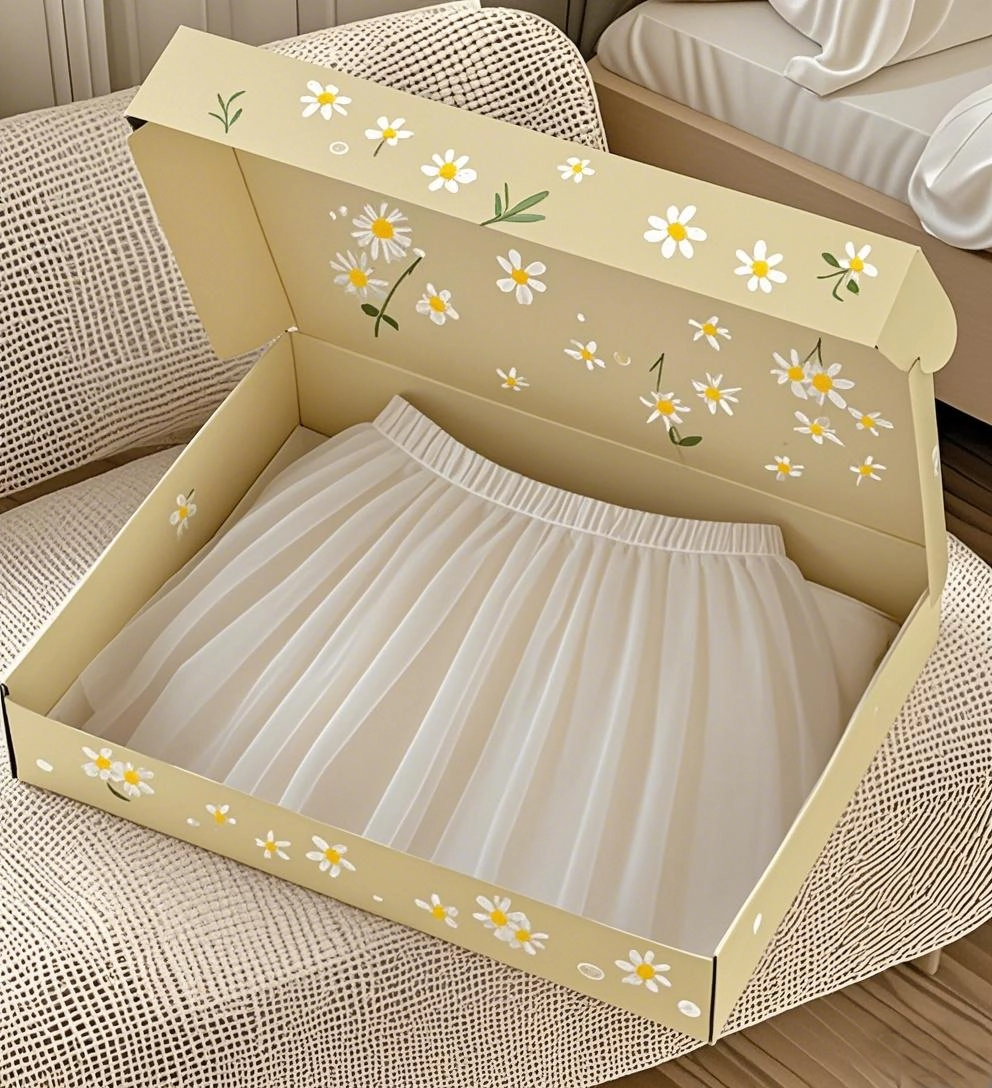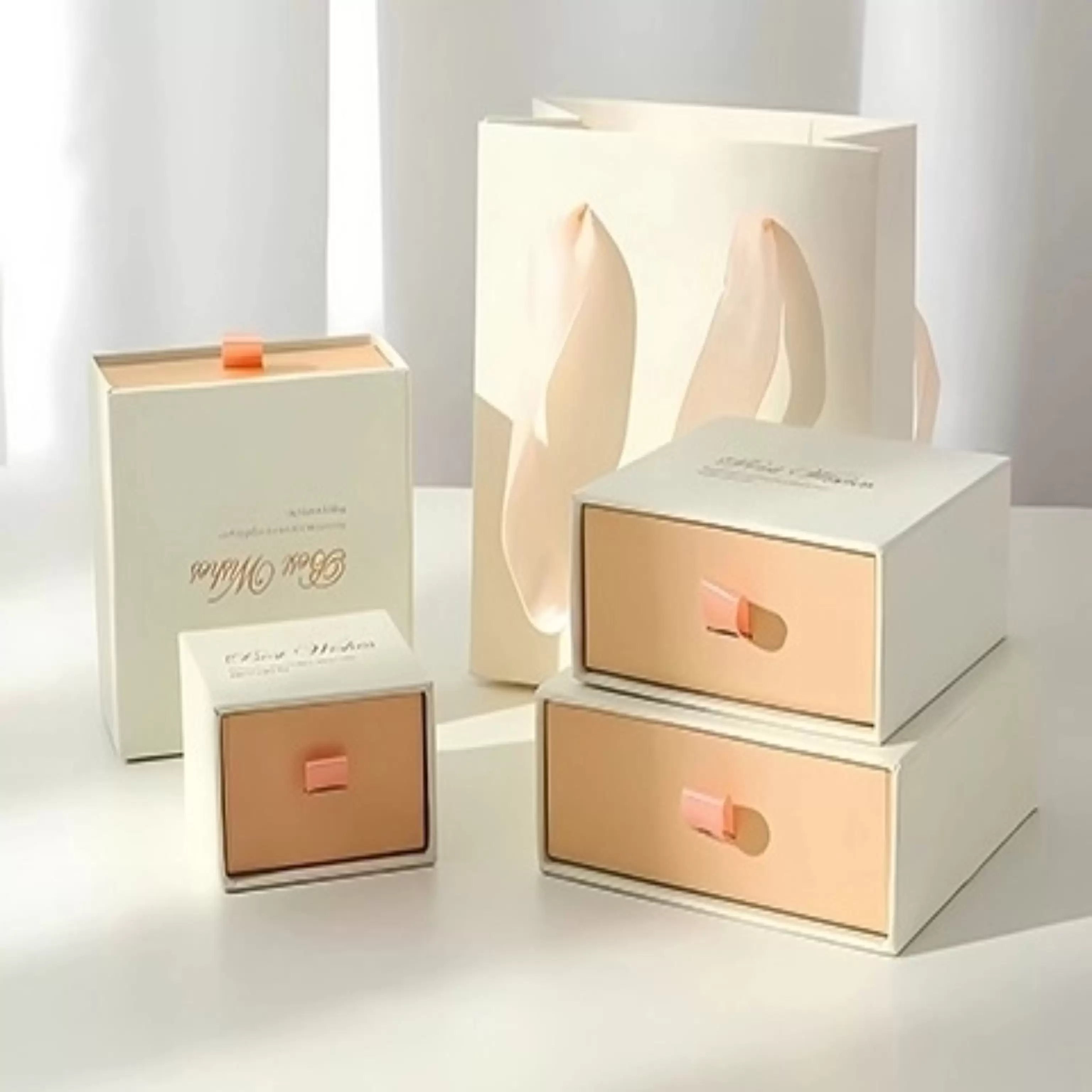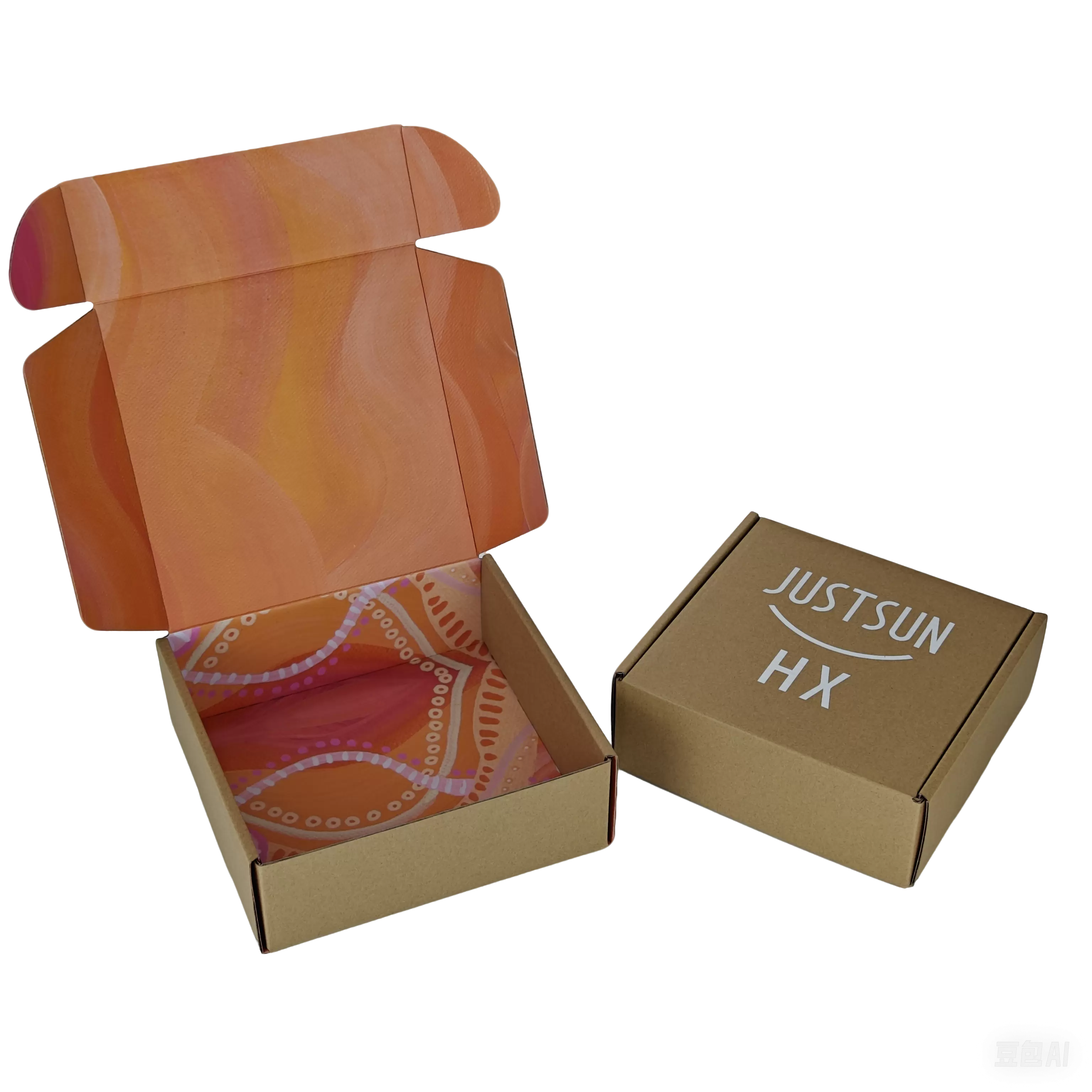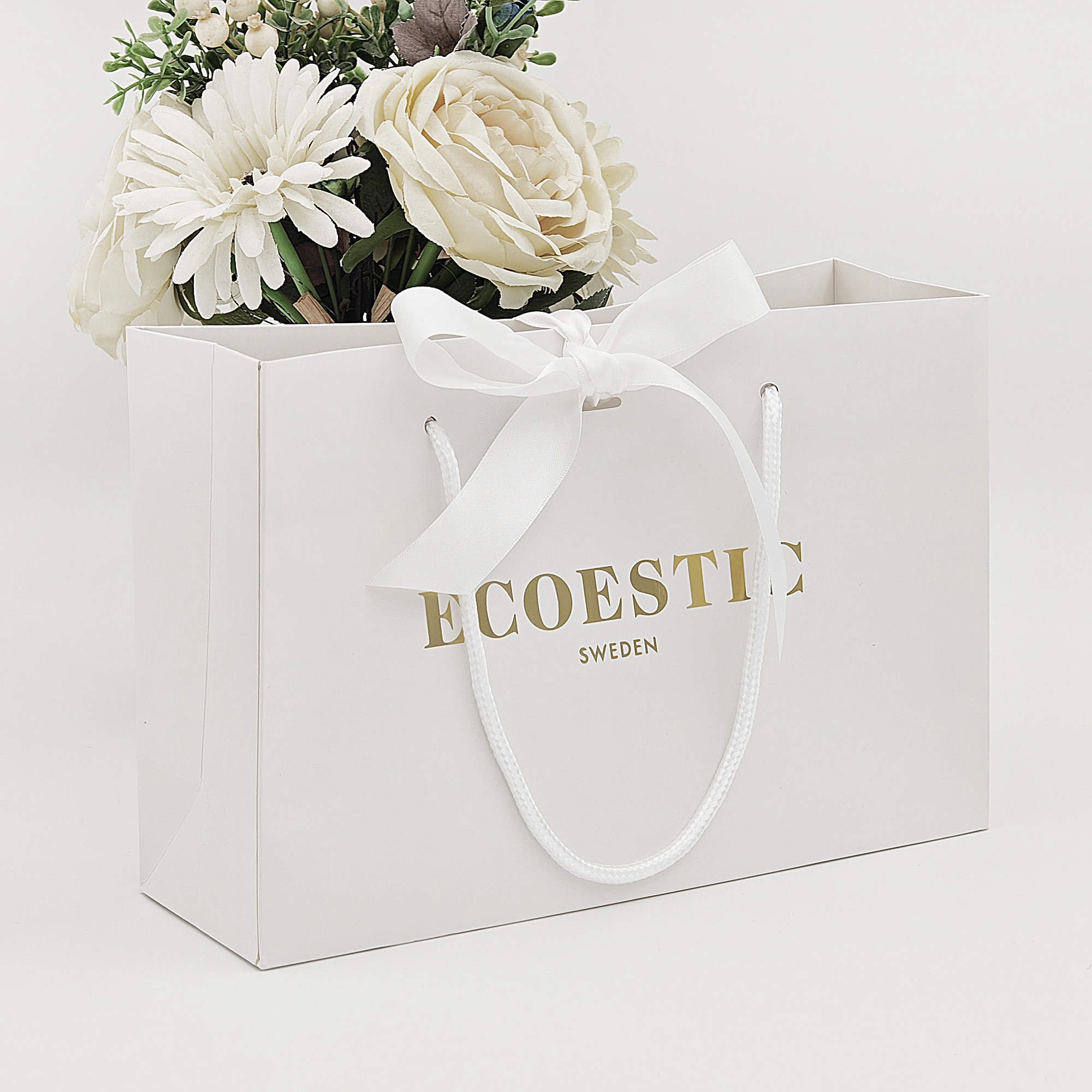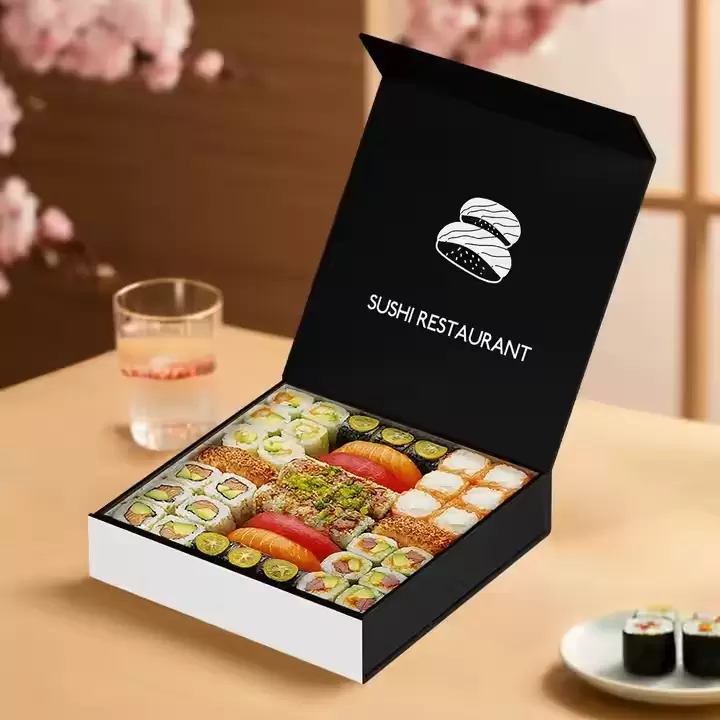
In the realm of food packaging, safety and hygiene are paramount. Consumers are increasingly aware of the potential health risks associated with improper packaging, leading to a heightened demand for reliable and sanitary packaging solutions. HENGXING food cardboard boxes have emerged as a leading choice among food manufacturers and retailers due to their inherent benefits in maintaining food safety and hygiene.

1. Material Safety and Non-Toxicity
The Natural Composition of Cardboard
Cardboard is primarily made from cellulose fibers derived from wood pulp, making it a naturally occurring and biodegradable material. This natural composition ensures that cardboard boxes do not contain harmful chemicals or toxins that could migrate into the food, unlike some synthetic packaging materials.
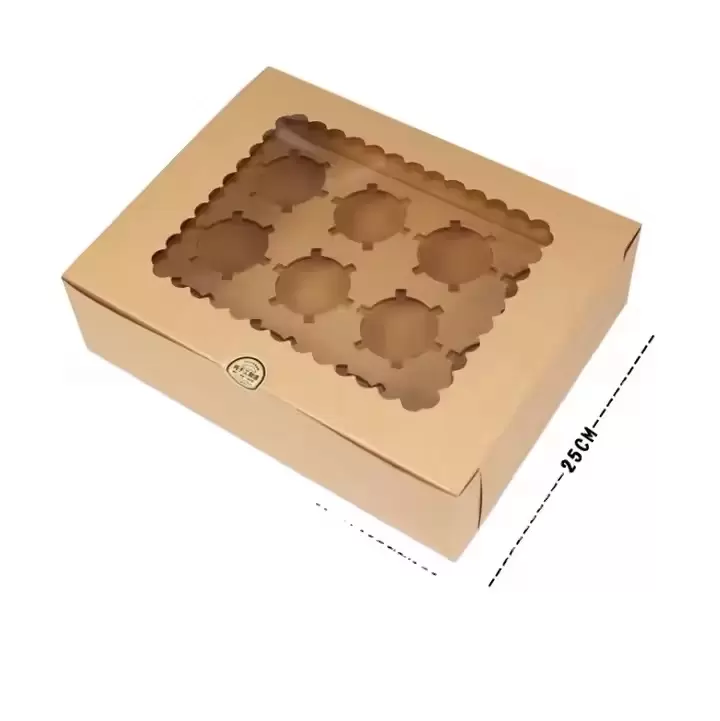
Compliance with Food Safety Standards
Food cardboard boxes are typically manufactured under strict guidelines to ensure compliance with international food safety standards such as those set by the Food and Drug Administration (FDA) and the European Food Safety Authority (EFSA). These standards regulate the use of additives, inks, and coatings to prevent any contamination of the packaged food.
2. Barrier Properties for Extended Shelf Life
Protection Against Moisture and Oxygen
Cardboard boxes can be enhanced with barrier coatings to provide protection against moisture and oxygen, which are major enemies of food freshness. These coatings, such as polyethylene (PE) or polyethylene terephthalate (PET), form an impermeable layer that extends the shelf life of perishable goods by preventing spoilage caused by mold, bacteria, and oxidation.

Temperature Control
Certain types of cardboard packaging, such as insulated boxes, are designed to maintain optimal temperatures for temperature-sensitive foods like frozen or chilled products. This ensures that the food remains in a safe condition from production to consumption.
3. Hygiene and Easy Cleanliness
Easy to Clean and Sanitize
Cardboard boxes are relatively easy to clean and sanitize, particularly in the case of outer packaging that may come into contact with contaminated surfaces. Their smooth, non-porous surfaces resist the accumulation of dirt and bacteria, making them easier to clean compared to other materials like cloth or plastic bags.
Single-Use and Disposable Options
For single-use applications, cardboard boxes offer a hygienic solution by minimizing the risk of cross-contamination. Once used, they can be disposed of safely, reducing the potential for foodborne illnesses associated with reusable containers.

4. Sustainable and Environmentally Friendly
Recyclable and Biodegradable
Cardboard is highly recyclable, with recycling rates significantly higher than many other packaging materials. This reduces waste in landfills and conserves natural resources. Additionally, cardboard boxes are biodegradable, meaning they can decompose naturally without harming the environment if disposed of properly.
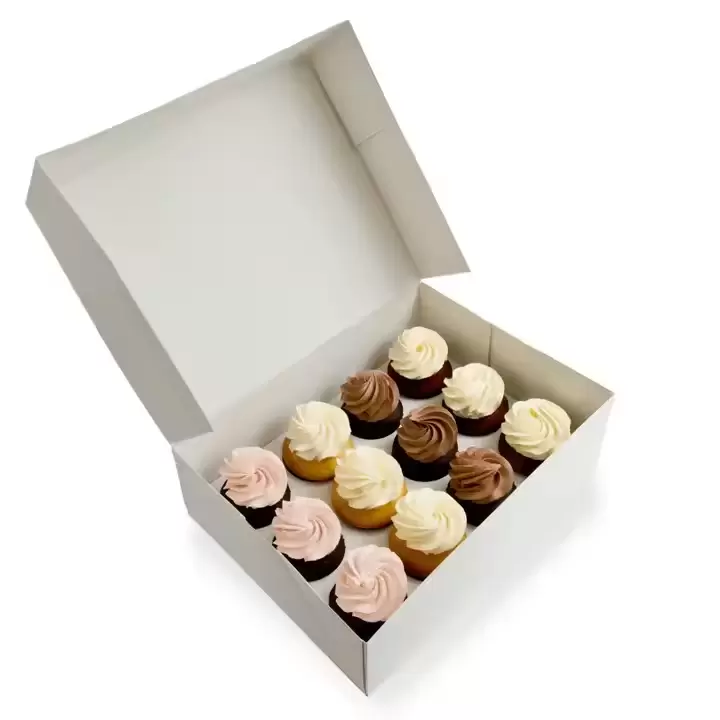
Reduced Carbon Footprint
Choosing cardboard packaging over plastic alternatives can contribute to a reduced carbon footprint. Cardboard production requires less energy and emits fewer greenhouse gases compared to the production of plastic packaging. Furthermore, the use of recycled cardboard further minimizes environmental impact.
5. Versatility and Branding Opportunities
Customizable Designs
Cardboard boxes can be easily customized to suit a wide range of food items, from fragile bakery goods to heavy canned products. They can be designed with varying thicknesses, shapes, and sizes to cater to specific packaging needs.
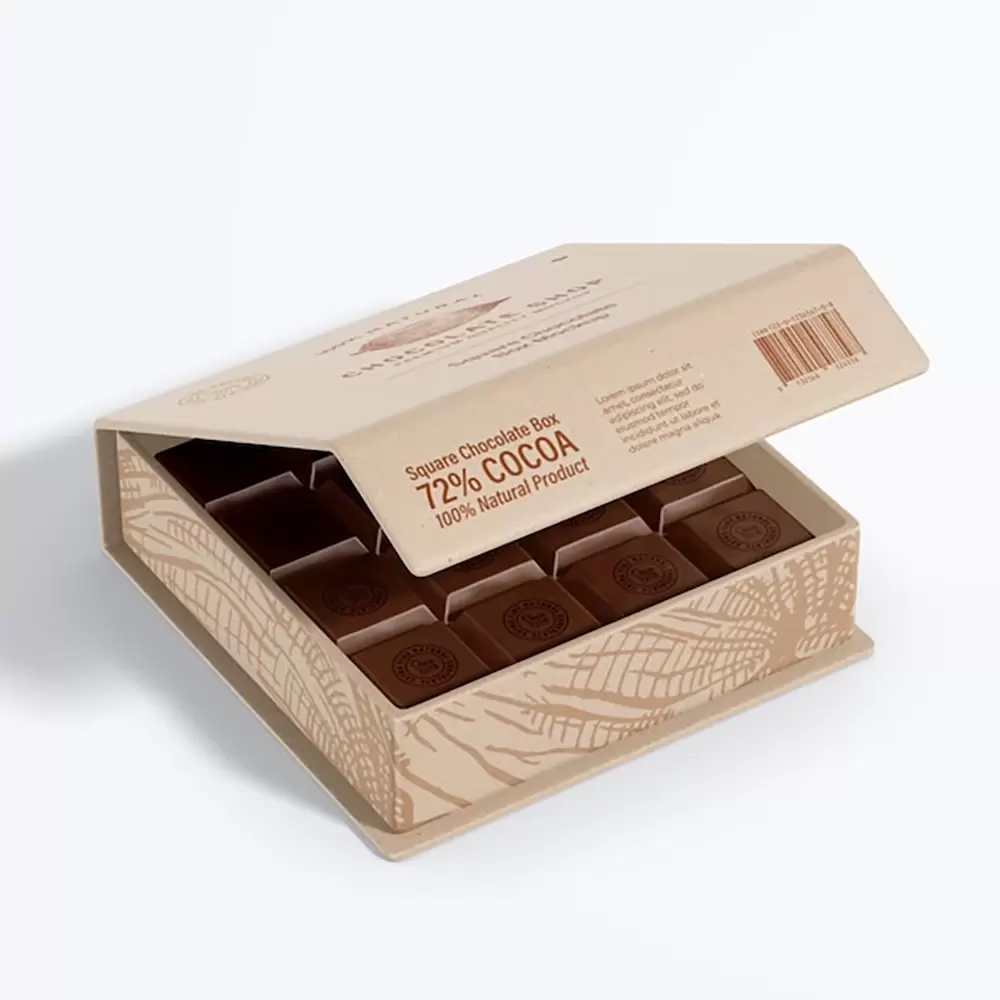
Effective Branding and Marketing
The printable surface of cardboard boxes offers ample opportunities for branding and marketing. High-quality printing technologies enable the inclusion of vibrant graphics, logos, and essential information such as nutritional labels and ingredients lists, enhancing product appeal and consumer trust.
In conclusion, food cardboard boxes stand out as the optimal packaging solution for maintaining food safety and hygiene. Their natural composition, barrier properties, ease of cleanliness, environmental benefits, and versatility make them a reliable choice for food manufacturers and retailers alike. As consumers continue to prioritize health and sustainability, the adoption of cardboard packaging will undoubtedly increase, ensuring that food products reach consumers in the safest and most hygienic manner possible.
Table of Contents
Latest Products
-
 Wechat
+8613616008761
Wechat
+8613616008761 -
 Email
Email
-
 Tel
+86-136-1600-8761
Tel
+86-136-1600-8761

 en
en es
es ru
ru fr
fr de
de it
it ja
ja ar
ar pt
pt ko
ko tr
tr nl
nl fi
fi